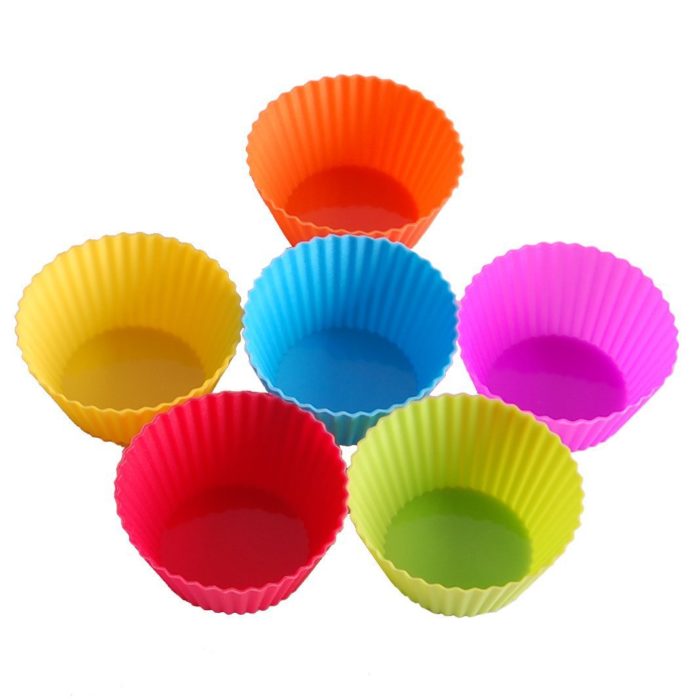
In my first post, I gave 5 tips for packing your child a nutrient dense lunch. Here are more tips to help make sure your child is receiving the optimum nutrients to help them be successful in their day.
1. Limit Fructose
Fructose is another form of sugar that is in sugar (half glucose/half fructose), high fructose corn syrup and all fruits. I can’t get into it here but you can read more in my nutrient dense ebook but although glucose can be absorbed and used by the whole body, fructose can only be absorbed by the liver and then sent out from there. But when we keep consuming processed snacks with fructose and high fructose corn syrup, and juices, it then makes fruits harmful to the body. It becomes another fructose load on the liver.
Is it really no wonder that an average 5 lb. organ is inundated and eventually gets non-alcoholic fatty liver disease?
Imagine what impact this all has on a growing body.
2. Feed real whole foods, such as eggs and meats
I went into a lot of detail about the benefits of eggs in this post. There are also several egg recipes in the post.
I also talk about the benefits of meat and why I focus on meat in this post.
Uncured deli meats as roll-ups with cheese, hardboiled eggs, and no sugar added bacon are all great options. You can also make coconut flour (skip the almond flour because of the anti-nutrients) chicken nuggets or coconut flour muffins.
If you make coconut flour muffins with grass-fed butter and organic pasture-raised eggs, you are feeding your kid some very nutrient-dense muffins.
Best of all, your child won’t even know the difference.
3. Stick to berries
In general, I try to stick to organic strawberries, as they have the least amount of sugar (lowest glycemic index) and have the least amount of anti-nutrients. Sometimes, I offer my kids organic apples with skin-on (to have fiber block some of the fructose from being absorbed) with some macadamia nut butter.
4. Make compartment lunches
Since I can’t guarantee my kids will eat their lunch, I like to offer variety. They usually have 3-5 different foods in their lunches so they can decide what and how much to eat.
You can use silicone cupcake holders to compartmentalize or buy those compartmented metal lunchboxes.

5. Skip the juice, pasteurized milks and other packaged pouches
The truth is that our children’s stomachs are pretty small. When they consume liquids and fruit/veggie pouches, it fills their satiety pretty quickly. Offer them water with their meals. It’s better on the digestive system with water.
I don’t recommend juices or fruit/veggie pouches but if you want to feed them these as treats, have them away from their meals or as the dessert to their nutrient-dense meal.
Lunchbox ideas and grocery list
As part of my ebook, you can also get my handy lunchbox ideas and grocery list.
But as a general rule of thumb, shop the perimeters of the market and if it’s real, whole foods, it’s probably more nutrient-dense than foods that come in a package or box.
As I wrote in a post before, you have 20,000 meals to feed your kids before they’re off to college. Although all are very important, the first several thousand are absolutely critical. Let’s make these meals as nutrient-dense as we can.









